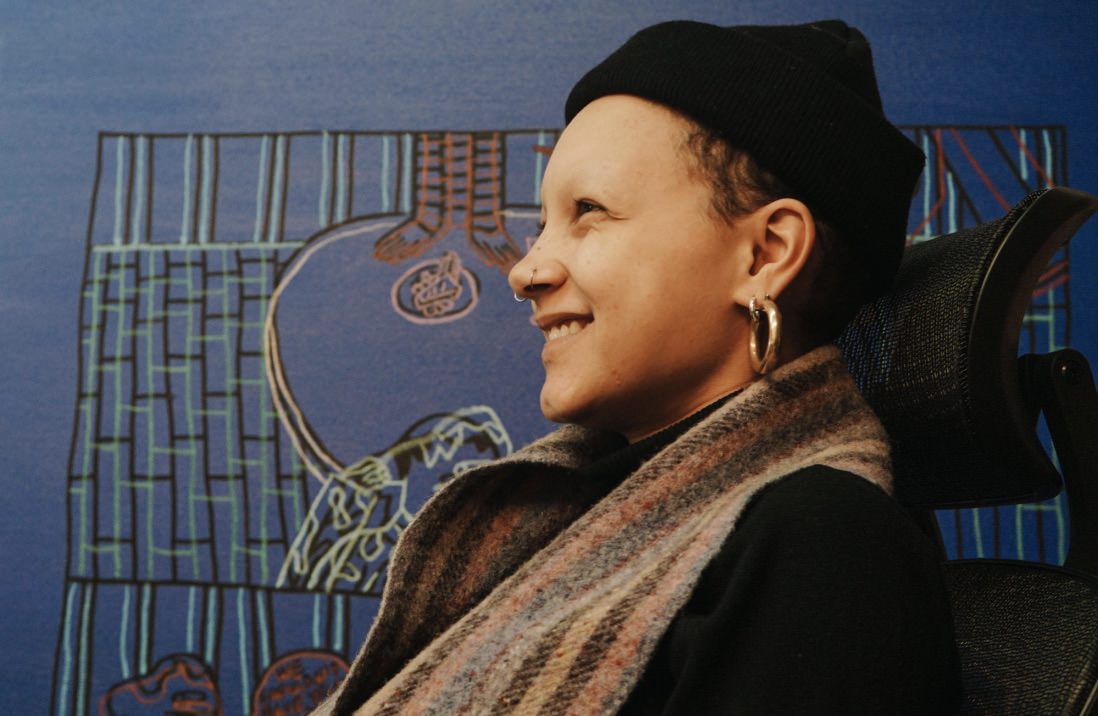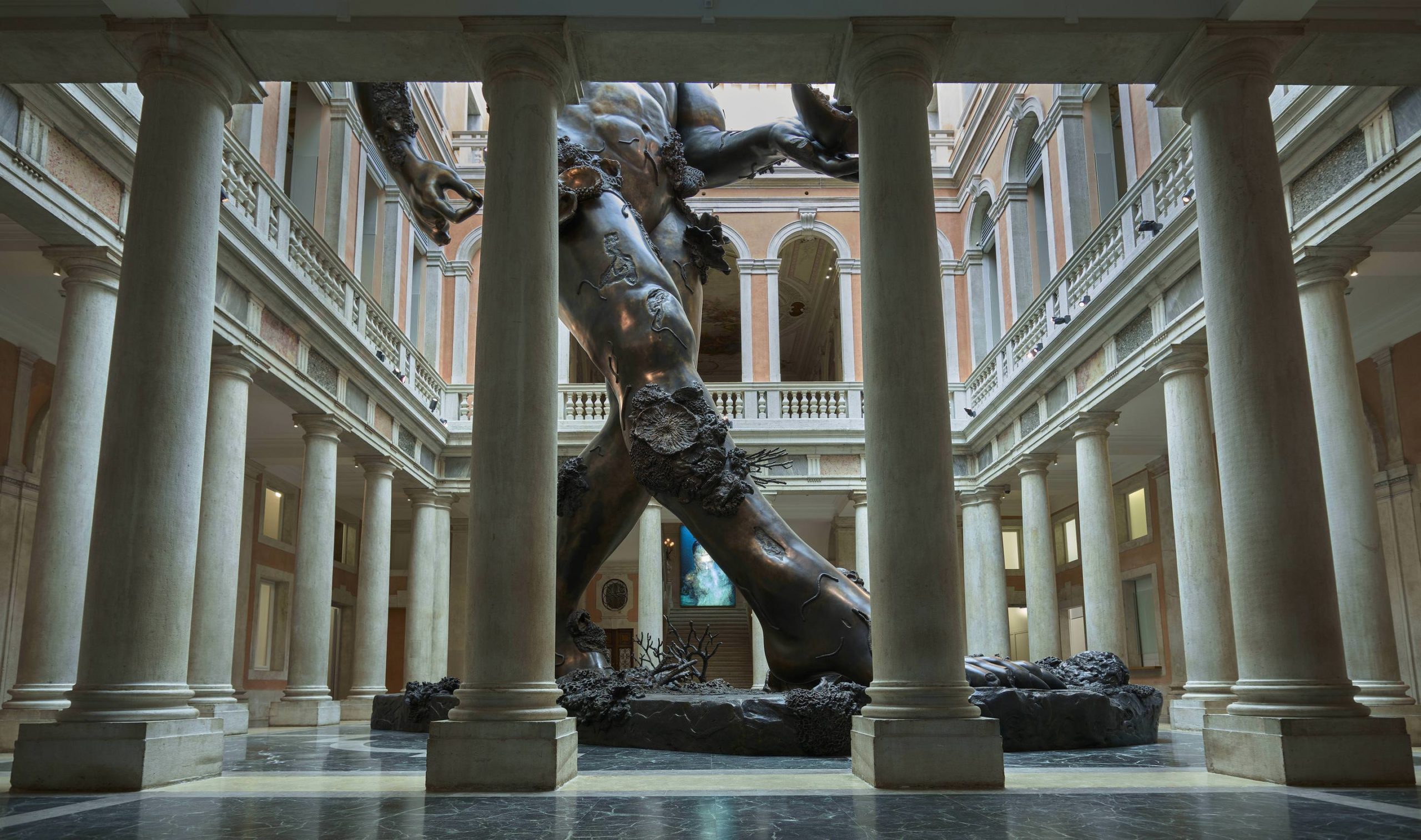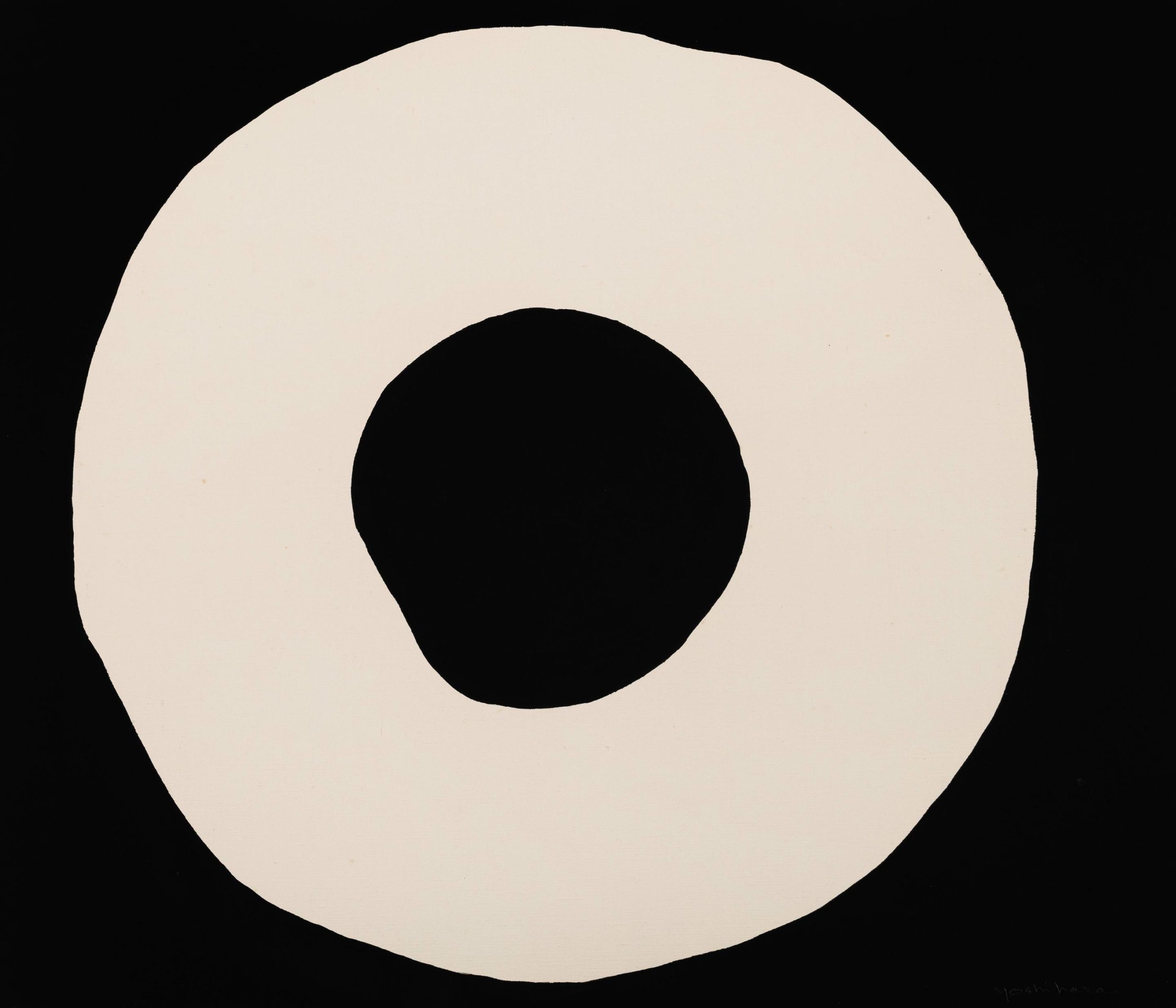Tomorrow, Corey Wash’s exhibition “Conversation Derelict” opens at ABXY. The exhibition, open through May 15, explores communication in the digital age, guided by the artist’s question, “Why do truth and knowledge feel so inaccessible in a world where we can share ideas and information farther and faster than ever?”
As a way to create dialogue on topics like culture, environment, and identity, Wash uses art to play with language and communication through her comic-style characters. Those subjects, who charmingly speak to viewers by way of confessional speech bubbles, are in the exhibition with pieces like Headlines (an acrylic, oil pastel, and paint marker work on canvas) and Research Room (an installation satirizing the information overload that is synonymous to contemporary life).
Whitewall spoke with the artist to learn more about the exhibition, her artistic practices, and the role language and communication plays in both her work and today’s society.
WHITEWALL: What was the starting point for the body of work that makes up “Conversation Derelict”?
COREY WASH: “Conversation Derelict” is all about communication. I think it was my love for learning in general that led to my curiosity for how we communicate with each other today. When I watch different documentaries or read books, I always pay attention to how the information is being conveyed. But today—on social media, in person, in our communities, in the news, and politics—I’ve seen (witnessed) so much poor communication, or miscommunication.
For all the tools we’ve created to correspond and collaborate with in the Digital Age, we’re still struggling to use them in ways that benefit us—most glaringly—in terms of saving the planet we live on. That’s the question I’m exploring in “Conversation Derelict.” How did we get to this place, where our collective intelligence seems so inaccessible?
WW: Language plays a large role in your practice. How is it incorporated in this show?
CW: I’ve always been interested in the relationship between technology and language. For this show text is used in a way that’s more abstract than in previous work. Usually my characters speak through speech bubbles. There are still examples of that in this show. In fact I have one piece that’s just an image of a screen with conversation bubbles back and forth. But in the past these have functioned a lot like captions, either revealing a character’s interior thoughts or depicting the funny thing they would say instead of what they actually mean. With this exhibition I’m more interested in exploring how our messages get lost in translation, not so much what those messages are. In these paintings language appears as evidence of how the Digital Age has transformed the way we interact with each other and the world around us.
WW: How is your interest in the natural world and the environment addressed?
CW: Nature is very successful at communicating what it needs. So when you see leaves and plants in this work they’re there to provide a point of contrast. They’re examples of successful communication. But it goes deeper than that. I’m always watching nature documentaries. When I started becoming interested in communication I turned my focus towards books and movies on biology, anthropology, and technology. What I found was that communication has had such a vital role in our success as a species. Nature has favored traits in both our bodies and our brains, which lent themselves to the development of complex communication. From a biological standpoint, language developed as a tool for cooperation and collaboration in the wilderness. Our most useful weapons in the fight for survival.
Today, we can share ideas and information with each other farther and faster than ever, but we seem to be cooperating so much less than we could be, particularly in an effort to the save planet. A lot of work in this show explores that irony. In that context any natural imagery serves as a reminder that we developed our communicative capabilities as an evolutionary response to the challenges of being human in the natural world.
WW: Can you tell us about the installation?
CW: I think of the installation as my “research room.” Inside the viewer will be surrounded by all these different messages—coming from all sides—in all different formats. I don’t want to give too much away, but it’s designed to satirize the information overload we experience in contemporary life.
WW: What about the video piece?
CW: In this world of screens, signs and symbols, it seems that we’re having a hard time grappling with reality. I wanted to play with this idea that language, like art, is evidence of high-level symbolic thought, a trait that separates humans from animals. Using exclusively symbolic imagery, the video invites the viewer on a coded journey through my thoughts.
The video was also a way for me to incorporate sound. I felt that was really important in a show about communication. I collaborated with MELO-X to create some original audio to accompany the animation. As the story unfolds, beats created from natural sounds, like waves and bird songs, help the viewer navigate the semiotic visual narrative.
WW: How is our current state of communication in jeopardy?
CW: Today we are bombarded with so much information we can’t figure out what’s true. We can get in touch with nearly anyone, anywhere, at any time, yet many people feel isolated. We all want to live on a peaceful and prosperous planet, but we can’t seem to figure out the best way to get there. With all this technological interconnectedness, we can’t seem to work together to achieve these common goals.
In digitizing information sharing, we’ve opened ourselves up to new possibilities, but also to new threats. Cyber systems are very vulnerable to manipulation. In the wrong hands, they can be used in ways that are very damaging. We’re seeing both the intentional and unintentional results of that now.
Additionally, information alone is not education. The vast libraries of human knowledge may be available to us with the click of a button, but we’re so oversaturated with the information coming through our devices that we tend to develop only a very shallow understanding of the actual knowledge available to us. I feel like that has to do with how we’ve changed our environment. Our collaborative abilities were naturally selected for survival in a physical world, not virtual one. We can iChat about the weather all day long, but as we watch climate change ravage Mother Earth we need to reconnect with reality and rethink the way we use our collaborative capabilities in the context of this hi-tech industrial world we’ve built around ourselves.
WW: Was there something new for you and your practice you explored in this body of work?
CW: My last show at ABXY was basically an SOS on behalf of Earth. For “It’s a Jungle Out Here” (2018), the entire installation had this very eerie, post-apocalyptic vibe. With this show I wanted to create a totally new experience. All of the work in “Conversation Derelict” parodies the surreal sensationalism of living in our oversaturated information landscape. This show is a lot brighter and more vibrant.
I’ve also started to incorporate more abstract marks on top of my images with oil stick. I’ve found this layering helps me express the distance we’re experiencing from nature and reality, both conceptually and in actuality. It’s interesting exploring the absence of something. I think that’s probably why all of the work is more abstract in general.










